The European standard for motorcycle exhausts, also called European exhaust standard or European emission standard, is a set of rules drawn up to reduce harmful emissions from motorcycles. These standards are intended to improve air quality in Europe while maintaining motorcycle performance. There are several European emission standards that apply to motorcycles, such as EURO1, EURO2, EURO3, EURO4 and EURO5. Each standard sets specific requirements for the amount of harmful substances that a motorcycle may emit.
It is important to know that motorcycle exhausts must meet European emission standards to be sold in Europe. If a motorcycle does not meet these standards, it may not be sold or used on public roads. Older vehicles are not required to meet these standards.
EURO1
The EURO1 standard for motorcycles was introduced in 1992 and applied to new motorcycles sold in Europe. This standard aimed to reduce harmful emissions from motorcycles compared to previous standards.
The EURO1 standard for motorcycles sets limits for emissions of carbon monoxide (CO), nitrogen oxides (NOx) and particulate matter (PM). These limits were stricter than those of previous standards and intended to improve air quality. For example, the limits for CO were 2.72 g/km for petrol vehicles and 4.16 g/km for diesel vehicles. There was no limit for NOx and particulate matter.
EURO2
The EURO2 standard for motorcycles was introduced in 2000 and applied to new motorcycles sold in Europe. This standard aimed to reduce harmful emissions from motorcycles compared to previous standards.
The EURO2 standard for motorcycles sets limits for emissions of carbon monoxide (CO), nitrogen oxides (NOx) and particulate matter (PM). These limits were stricter than those of previous standards and intended to improve air quality. For example, the limits for CO were 2.5 g/km for petrol vehicles and 3.5 g/km for diesel vehicles. There was no limit for NOx and particulate matter.
What does NOx mean?
NOx is a collective name for nitrogen oxides, such as nitrogen dioxide (NO2) and nitrogen monoxide (NO). These substances are formed during combustion at high temperatures and pressures, such as the combustion of fuel in vehicles and industrial installations. NOx can contribute to air pollution and can be harmful to health. It can contribute to respiratory problems, such as asthma and pneumonia, and can be harmful to the environment. That is why standards are imposed worldwide on the amount of NOx that vehicles may emit.
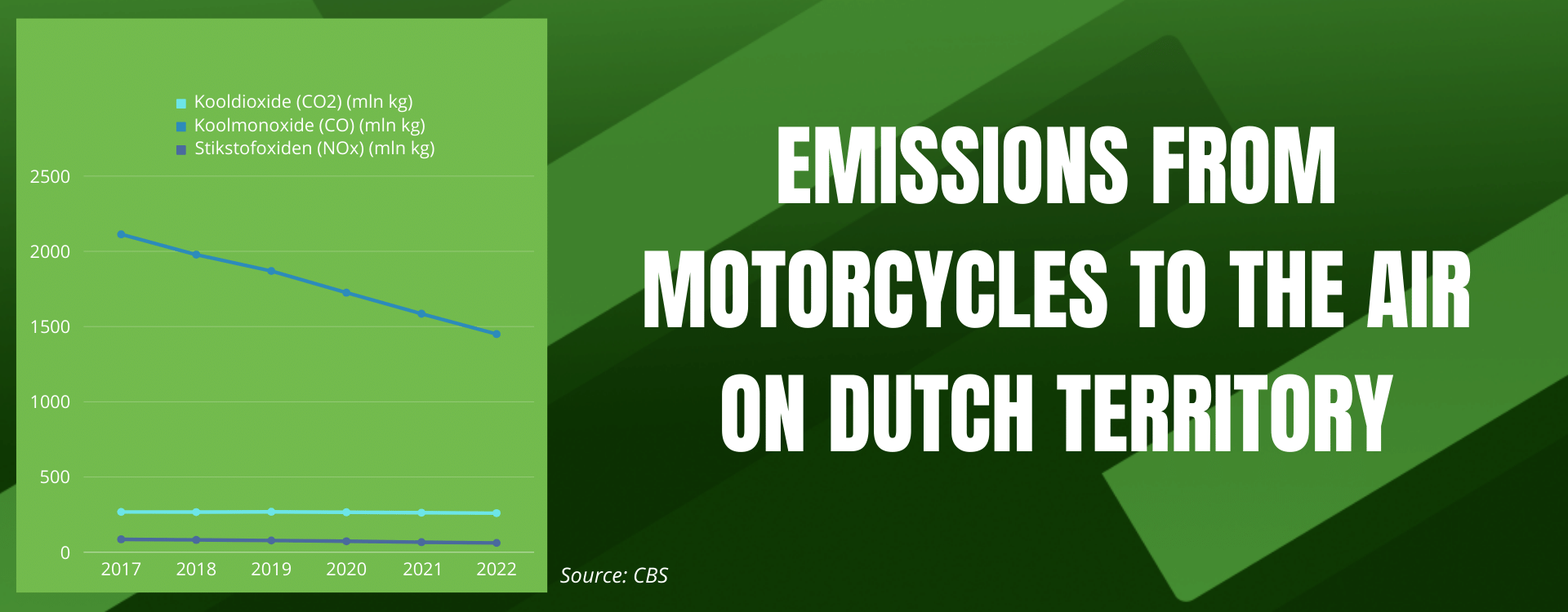
EURO3
The EURO3 standard for motorcycles was introduced in 2007 and applied to new motorcycles sold in Europe. This standard aimed to reduce harmful emissions from motorcycles compared to previous standards.
The EURO3 standard for motorcycles sets limits for emissions of carbon monoxide (CO), nitrogen oxides (NOx) and particulate matter (PM). These limits are stricter than those of previous standards and are intended to improve air quality. For example, the limits for CO are: 2.5 g/km for petrol vehicles, 2.5 g/km for single-cylinder vehicles and 3.5 g/km for multi-cylinder vehicles.
EURO4
The EURO4 standard for motorcycles was introduced in 2016 and applies to new motorcycles sold in Europe. The aim of this standard is to reduce harmful emissions from motorcycles.
The EURO4 standard for motorcycles sets limits for emissions of carbon monoxide (CO), nitrogen oxides (NOx) and particulate matter (PM). These limits are stricter than those of previous standards and are intended to improve air quality. For example, the limits for CO are: 0.5 g/km for petrol vehicles, 0.25 g/km for single-cylinder vehicles and 1.0 g/km for multi-cylinder vehicles.
And what about sound?
The European emission standards have no direct relationship with the maximum permitted noise level for motorcycles. These standards are specifically intended to limit emissions of harmful substances, such as carbon monoxide (CO), nitrogen oxides (NOx) and particulate matter (PM). However, making a decibel killer removable is prohibited from EURO4 onwards, because removing a killer generates more emissions.
However, there are other European laws and regulations that focus on the maximum permitted noise level for motorcycles. These laws set limits on the noise levels of motorcycles and require motorcycle manufacturers to take measures to reduce noise levels. These regulations may, for example, relate to the noise level while driving, the noise level when engines are idling or the noise level when adjusting the engine.
EURO5
EURO5 is the final stage of European motorcycle emissions standards. This standard was introduced in 2020 and applies to new motorcycles sold in Europe. The EURO5 standard aims to further reduce harmful emissions from motorcycles compared to previous standards.
The EURO5 standard for motorcycles sets limits for emissions of carbon monoxide (CO), nitrogen oxides (NOx) and particulate matter (PM). These limits are stricter than those of previous standards and are intended to improve air quality. For example, the limits for CO are: 0.5 g/km for petrol vehicles, 0.25 g/km for single-cylinder vehicles and 1.0 g/km for multi-cylinder vehicles. NOx limits are 0.012 g/km for petrol vehicles and 0.06 g/km for diesel vehicles. There is no limit for particulate matter.




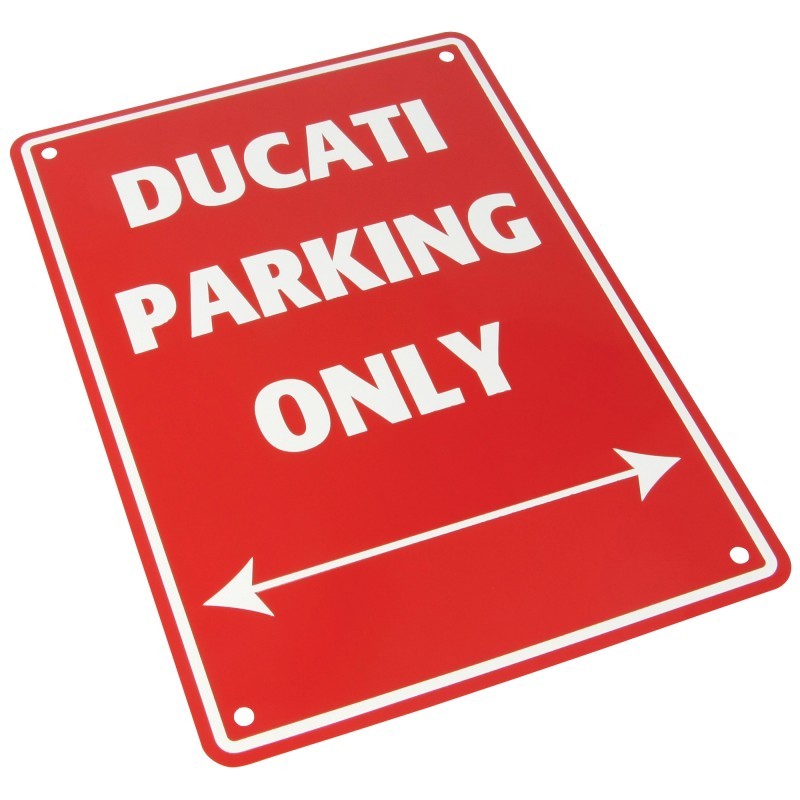

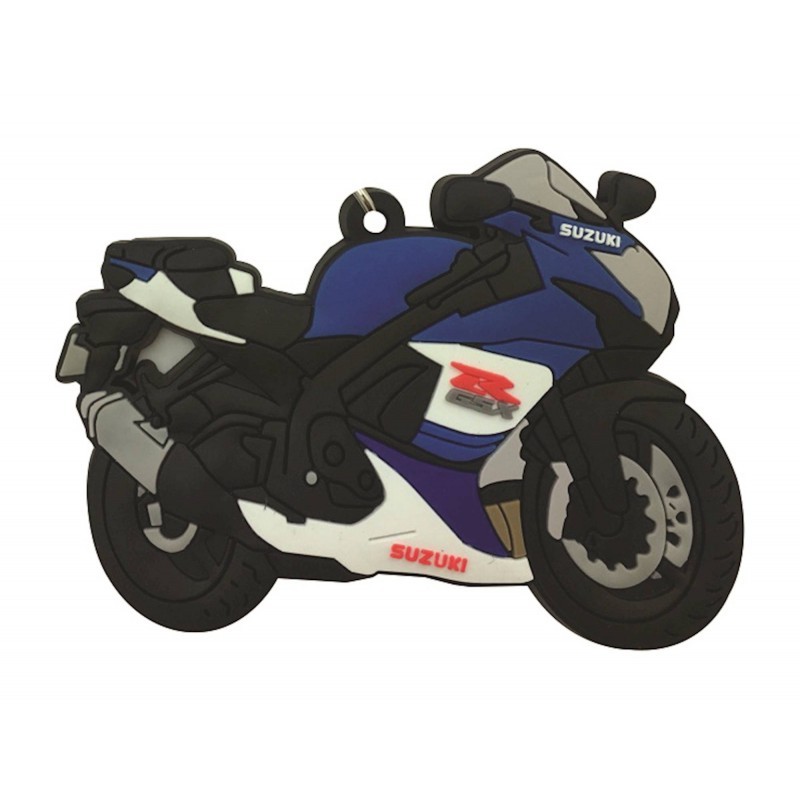
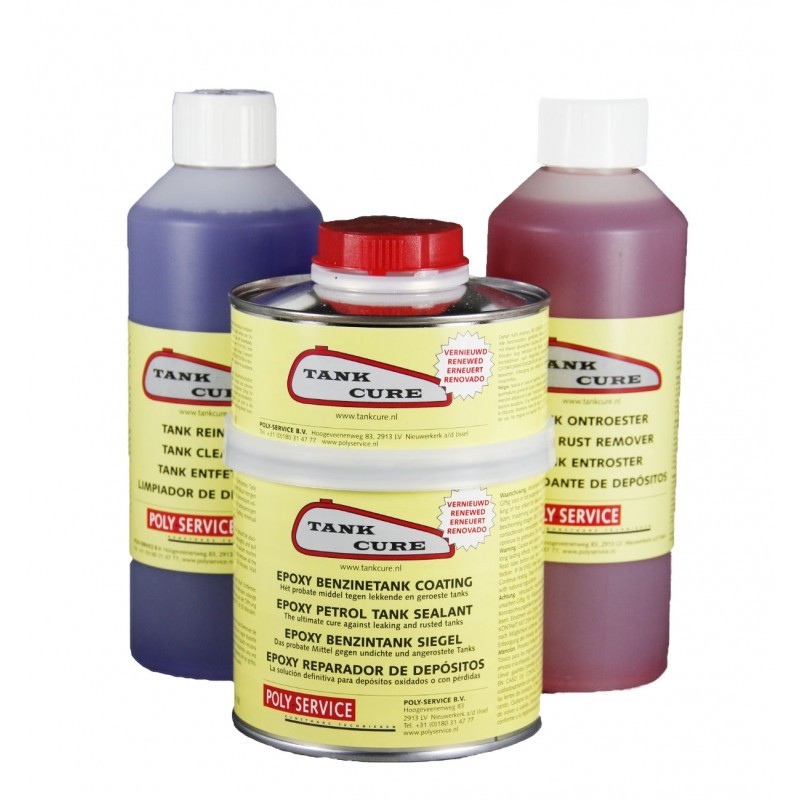
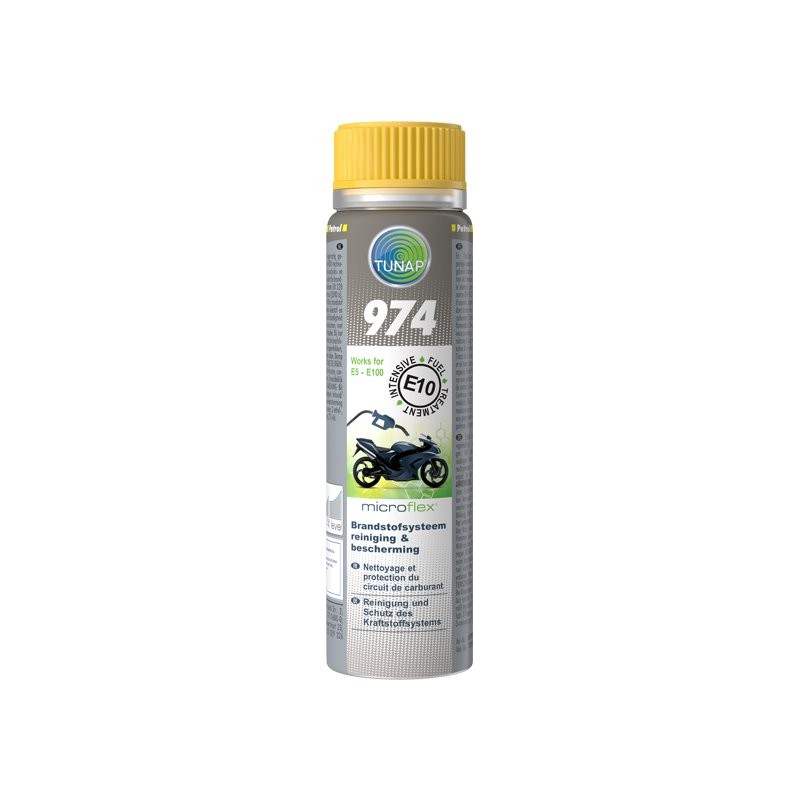
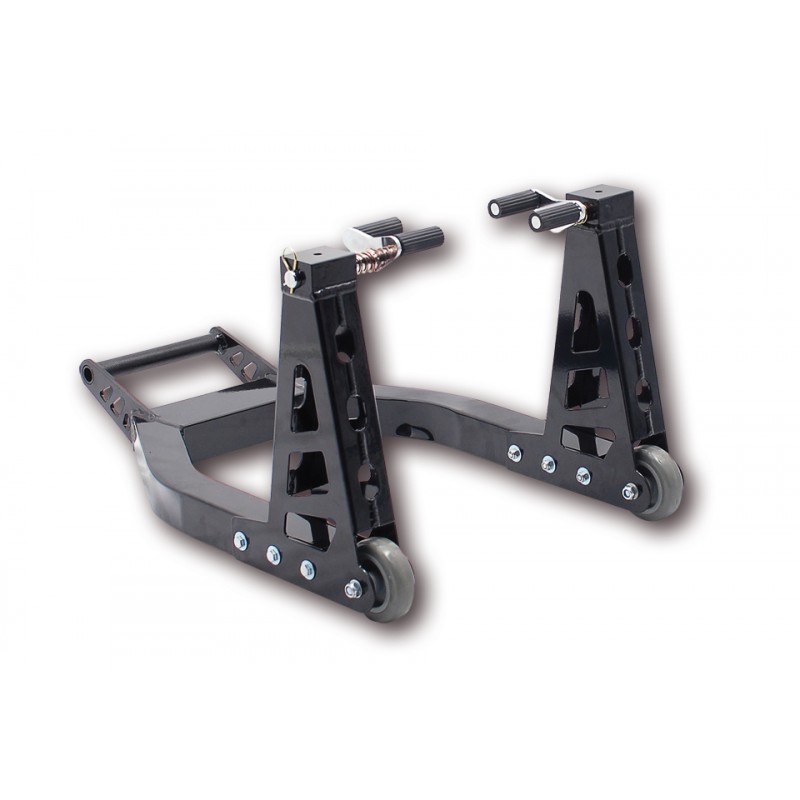

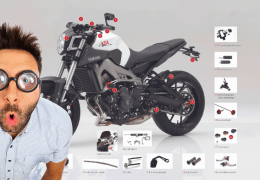
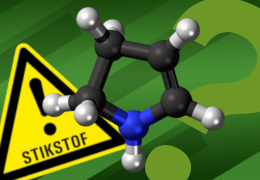




Leave a comment
Log in to post comments